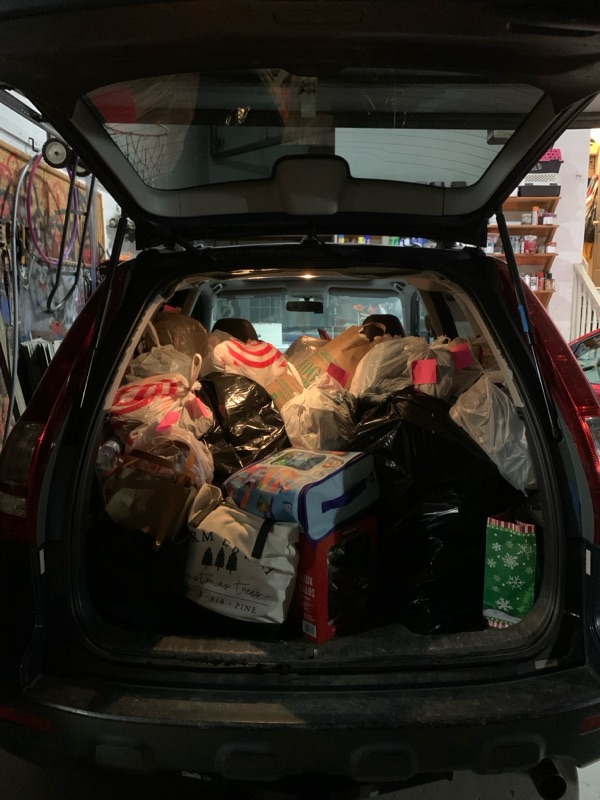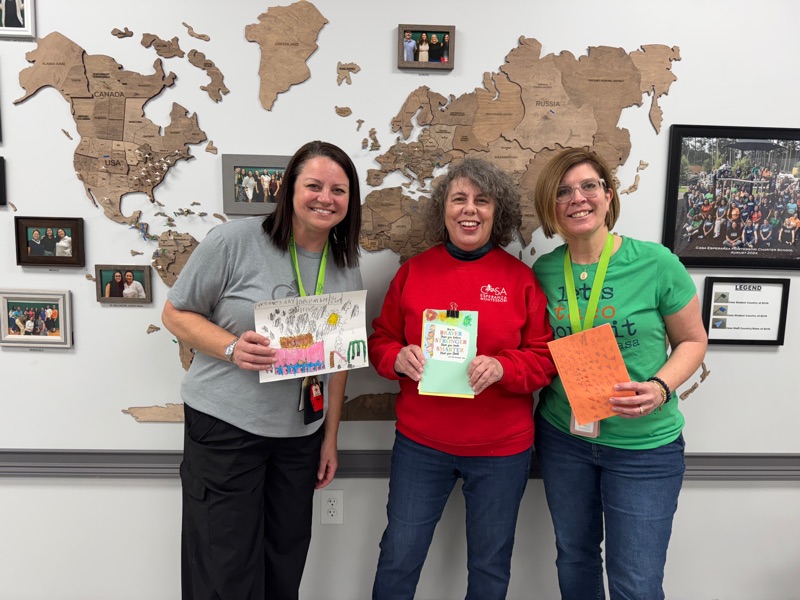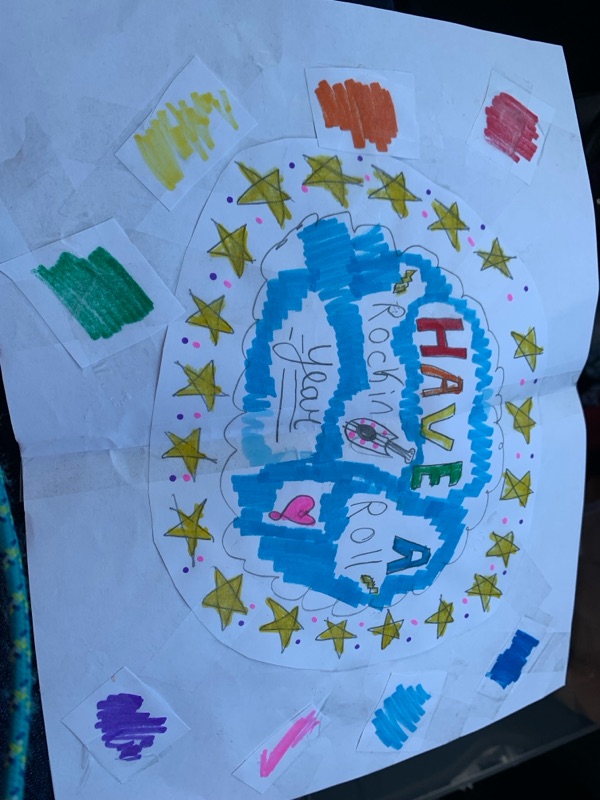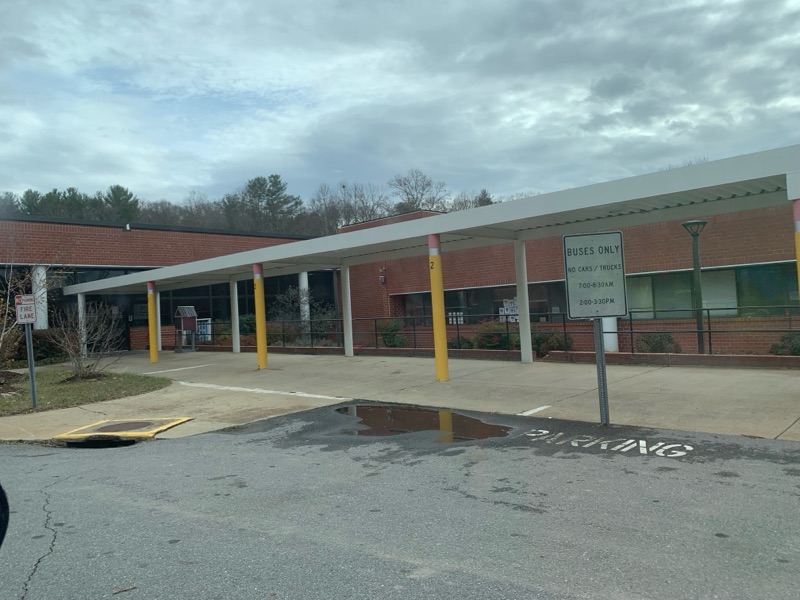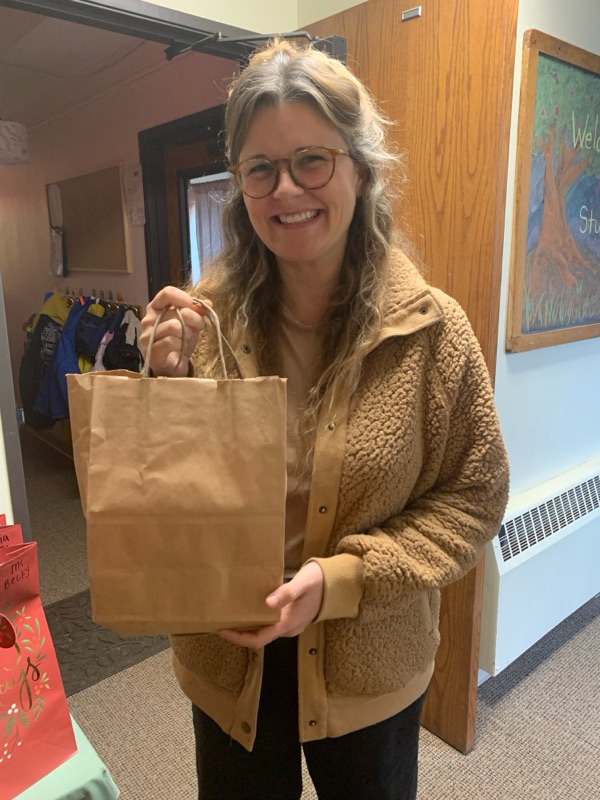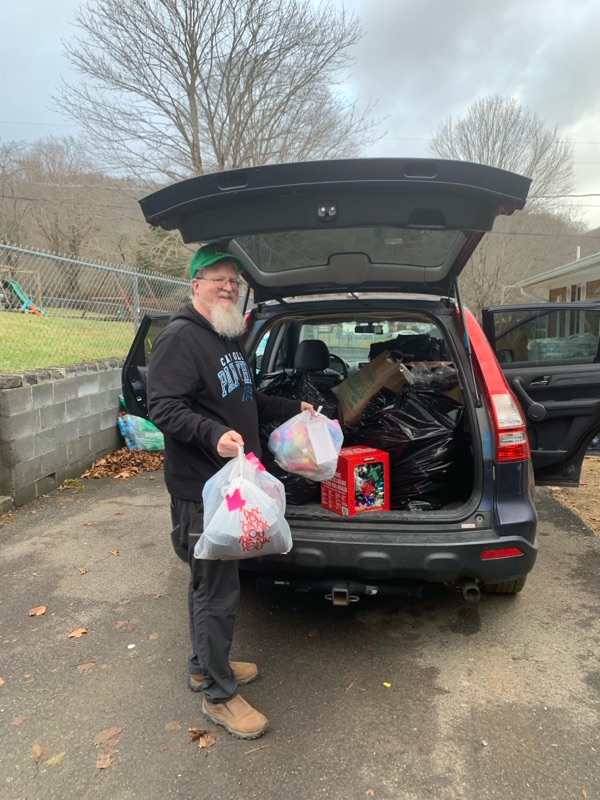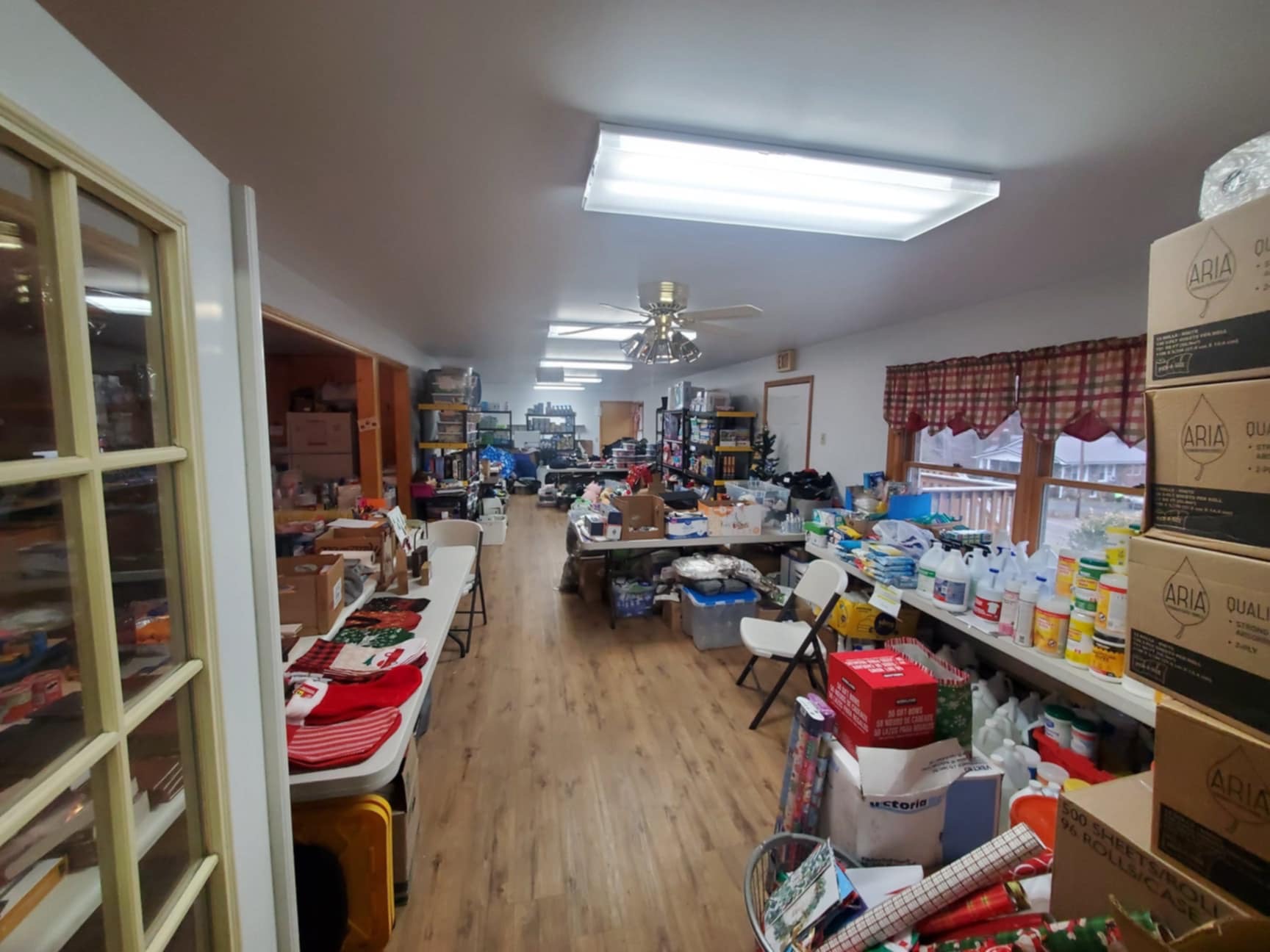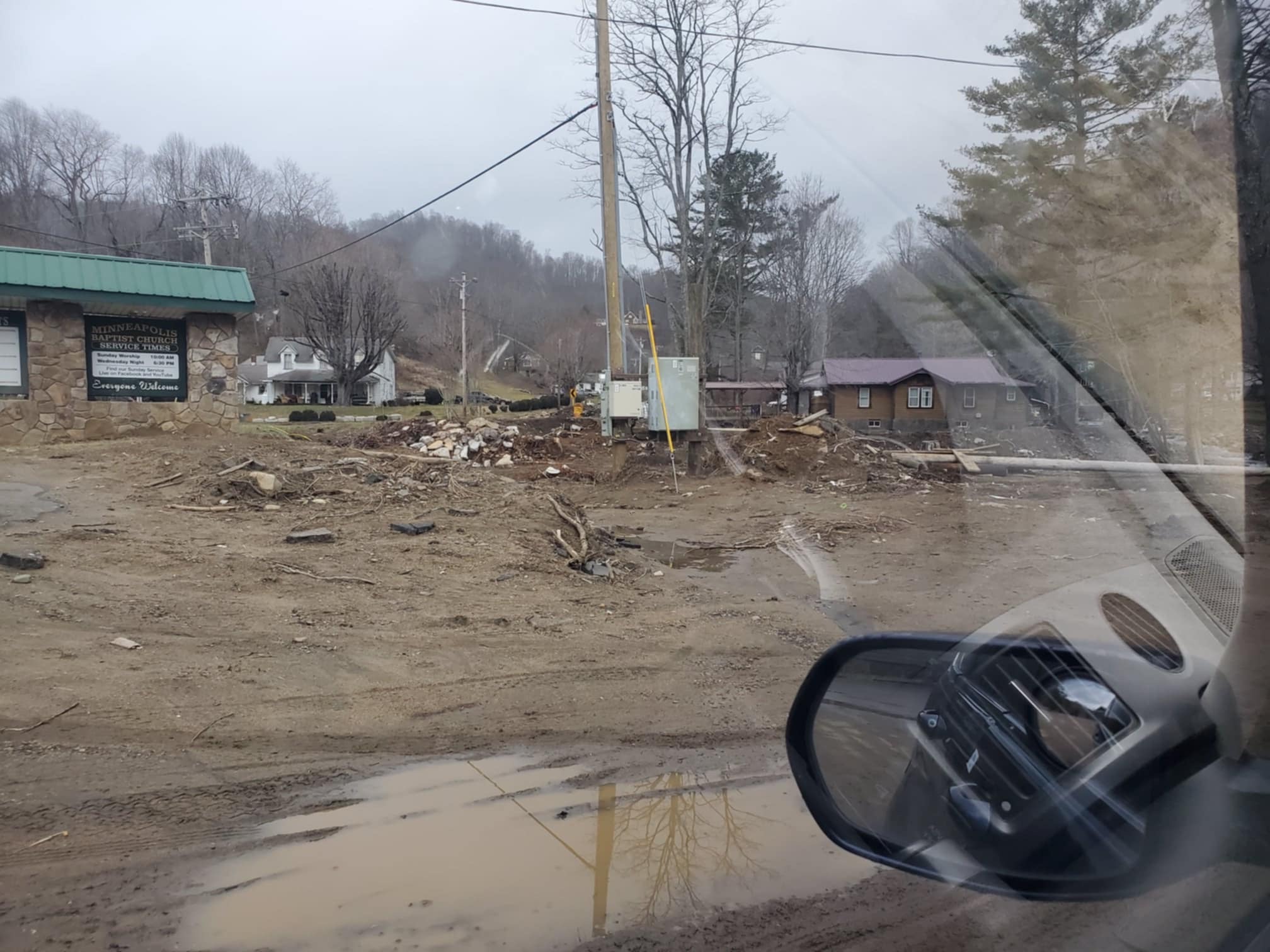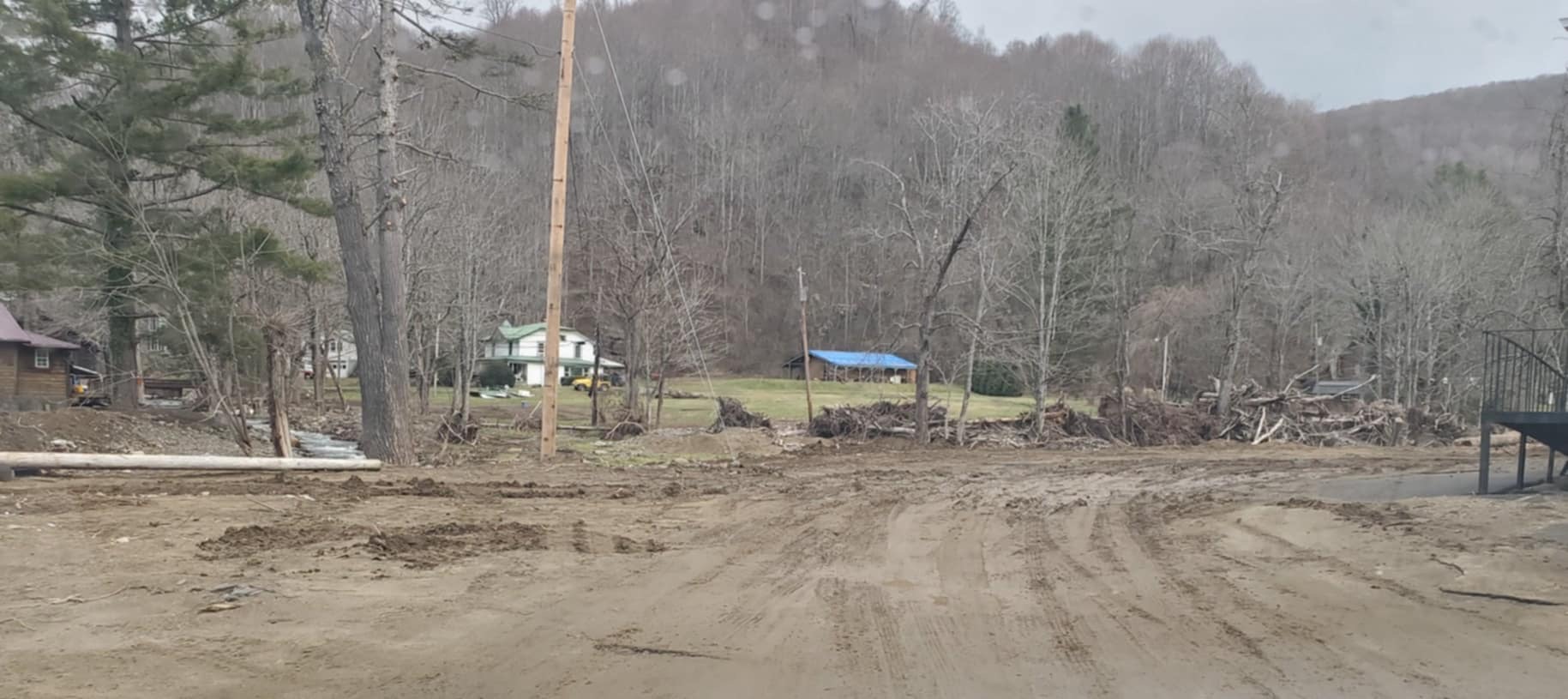If you want to try your hand at flower arranging, read on to see some of the things I have learned. Keep in mind that I have not have any formal training in floral design, and the flowers I work with are the basic hardy kind that come from the grocery store, or my own cut flower garden. What I know comes from three sources: The Indoor Garden Book by John Brookes (in print but getting hard to find), random YouTube videos, and trial and error.
Floral design is no different from other types of design. There is a mix of visual and construction “rules” and creativity. Those two aspects are on a continuum in some areas of design, including floral design. You don’t have to be a particularly creative person to arrange flowers if you want to follow the “rules”. On the other hand, sometimes good design often comes from throwing the rules out the window and trying something completely new. It’s all individual. I personally fall near the middle between rules and creativity.
The only thing you need in terms of equipment is a good pair of sharp scissors, and possibly floral foam. (See below in the container section) Floral foam is available in any craft store. You want the WET kind. It holds water. The DRY kind does not. It’s usually between $1 and 2$ per block. I use my blocks more than once.
The rest of this post is going to be about simply sharing the things that I have personally learned. I hope it’s helpful to you. Here we go!
Get some inspiration. Good designers don’t create in a vacuum. Look at pictures. Look at the arrangements in the grocery store. Ask yourself:
- What kind of flowers do I like?
- What colors do I like?
- What kind of container do I want to use? Tall or short? Small or large?
A good designer has some idea of what they want the finished item to look like before they start.
Choose a container. You can arrange flowers in just about anything. These are things I have used:
- A tall vase. This would be a vertical arrangement and a good starter container. Unless you have something tall in your yard, (see Greens below) you will probably want grocery store greens for this type of container. Cheapskate tip (CST): Don’t have a vase? The thrift shop likely has a ton for as little as 50¢.
- A short vase. (Requires floral foam)
- A canning jar. If you don’t have one laying around, they are pretty cheap at the craft store. Also a good starter container.
- A basket. (Requires floral foam). You need to be able to line it with plastic. It should have definite sides. Sometimes you can find a floral basket with plastic already in it. (CST: thrift store)
- A mug. (Requires floral foam) Any kind. A good starter container for working with foam.
- A wood box. (Requires floral foam) I have a long one of these that I’ve used for many, many years. It needs to have solid sides and a solid bottom, and the ability to be lined with plastic.
- A bowl. (Requires floral foam) This can be any size. I sometimes find bowls tricky, so I wouldn’t use it for a beginner project.
- Important: if you are going to put a basket, wood box, or a clay container on a wood surface, make sure the bottom of the container does not come in direct contact with the wood. The wood will become water damaged. My wood box has thick felt feet underneath. So do my clay containers. Plastic underneath works too. Don’t put them directly on a table runner either. The table runner will mildew, and the table will still have water damage. #thingslearnedthehardway
Choose your greens. Greens are vital to a professional arrangement. They are your design “background” Don’t skip them:
- The grocery store usually has greens, but I usually get them from my yard. For my northern friends this may only be evergreens in the winter, but they last well. In the south, we have a little more to choose from.
- These are some of the things I have used with success for greens from my yard: arborvitae, camellia, boxwood, gardenia, bay bush, rosemary, lavender, ivy, vinca, ferns, artemisia, and hydrangea. Things with woody stems last well.
- Another CST: The more greens you use, the fewer flowers you have to buy. The florist uses a lot of flowers in an arrangement - more than I usually do. The folks buying those arrangements are paying for that. I personally like more greens.
Choose your flowers. This is actually the most important step.
- Color. By all means, PICK WHAT YOU LIKE! You can make a wonderful arrangement with just one type of flower, greens, and baby’s breath. I hold the bunches together and try to imagine what it will look like. You can also get a mixed bouquet of flowers (usually more expensive) and arrange those!
- How many different types? I usually don’t get more than 2-3 different types of flowers, including the baby’s breath if I’m using it. The stores around here have 3 bunches for $12 dollars, so that’s a big determining factor for me.
- How much will I need? Think about the diameter of the opening in your container. I use that as a guide for a tall arrangement. How many bunches with greens will fit in that opening? If you are making a shorter arrangement, you can halve that measurement. If I’m making a shorter arrangement, I usually get one bunch that has multiple short flowers on one stem. The blooms farther down the main stem can be cut off and used individually. In the grocery store, those are usually mini carnations, mini roses, mums, or daisies.
- Condition considerations. Choose bunches with closed buds. The tighter the better. This lengthens the life of the arrangement. They will open pretty quickly after the arrangement is done. Are any of the leaves yellow, brown, or rotting? Leave that bunch right there. The bacteria from rotting leaves will kill the arrangement. Those flowers won’t last long either.
Choose any “add in” material. This is usually dried or artificial stuff from the craft store:
- Dried stuff: Berry branches, wheat (sometimes comes in different colors), dried grasses, bunny tail grass (also comes in different colors), seed pods, pinecones ( you have to wrap them on something called a floral pick) and curly willow. Avoid dried flowers. They rot when they get moist.
- Artificial stuff: I have never mixed real and artificial flowers or greens, but I’ve used other artificial things, particularly at Christmas, including berries, leaf and berries covered in glitter, small fruit, and small ornaments.
- Fairy lights: this is one of my favorites. You can run the lights throughout the arrangement, run the length of plain wire down the side of the container, and tuck the battery pack behind or even beneath the container.
Prep the flowers. This is one of the keys to making sure the arrangement lasts as long as possible.
- Cut the bottom inch off the stem. This is going to help with the next step.
- Water them. If I’m going to use the flowers right away, I just put the ends of them submerged in water in the sink. Otherwise I put them in a few inches of water in an empty cat litter bucket. If you are using flower foam, soak that too.
- Flower food? i personally have not seen a difference whether I use that stuff or not.
Figure out how far the flowers are going to be exposed above the container and do a preliminary cut. I use a couple rules of thumb to figure out how long stems need to be:
- Tall arrangement: (a vase that is thinner than it is tall) I cut the stems to be 1/2 again as tall as the vase. So if the vase is 5” tall for example, the stems should start at 7.5”. I usually eyeball this, but you could use a ruler if you want!
- Short arrangement: (container that’s wider than it is tall) In this case I make the arrangement around the same height as the container. If I’m using floral foam, I add one inch to the height of the container. So for a 2” high container, I’m going to start with 3” stems.
- Do a preliminary cut to length. You are going to adjust as you go along. I usually cut one “measurement” flower, and then cut everything else to match it. If you are unsure, cut them a little long. You can always cut them down farther.
- Cut the stems at an angle. This creates more surface area for the material to draw water.
- Strip the leaves off the entire length of the stem that will be in water or in foam. Wet leaves rot. That creates bacteria that will shorten the life of the arrangement.
Follow a specific order for adding material to your container and remember the Odd Number Rule.
- Remember to use the odd number rule. The number of individual types of flowers in an arrangement, particularly the feature flowers, should be an odd number. I confess I don’t know why this looks better, but it does. For example, you should include 1, 3, or 5 roses, but not four. Typically, the grocery store will provide a single flower type bouquet with an odd number of stems.
- If you are using flower foam, put it in your container. It cuts very easily. Make it as snug as possible, using smaller pieces as necessary. Make sure the water has soaked all the way through it.
- Greens first. This is your background. For either a tall or short arrangement, cut some of the greens a little shorter than the others. Those are going to go around the edge. If you are working with floral foam, put the edge greens in at a very shallow angle. After you put the edge greens in, fill in with the rest.
- Second, “feature flowers”. These are the flowers you want to emphasize. They may be bigger, brighter or deeper color, or few in number. Examples would be roses, Gerbera daisies, hydrangeas, etc. Big rule of thumb: don’t put one of these feature flowers dead in the center of the arrangement. It will look strange. Instead, put them AROUND the center, using different angles, so some are low and some are high. If you have three feature stems, arrange them in an irregular triangle. If you are having a hard time visualizing this, put a different flower stem in the dead center and arrange around it. Rotate the arrangement so far, and make sure you have a feature flower at several angles.
- Third: filler flowers. These are everything that’s left. You are going so they are just a bit LOWER than the feature flowers. You want to fill in somewhat randomly at different angles from shallow to further upright. If you are creating a tall arrangement, you will probably be cutting the stems to get a nice overall shape. Keep rotating to make sure the greens and flowers look balanced and evenly spaced.
- Last, Baby’s Breath and “add in” material. ( Remember this is optional). Save Baby’s Breath for last because of its delicate nature. This is also a good time to arrange any “add in” material.
Make sure the arrangement is well watered.
Now step back and look at what you have accomplished! Doesn’t it look beautiful? Find a place to put it in the house where you will see it several times a day! Keep water in it, and take time to enjoy looking at it!
Hit me up with any questions, and show me your arrangements! You can do both here, on FB (Pamela Mecca Seymour) or on IG (Figlio_Mio).
